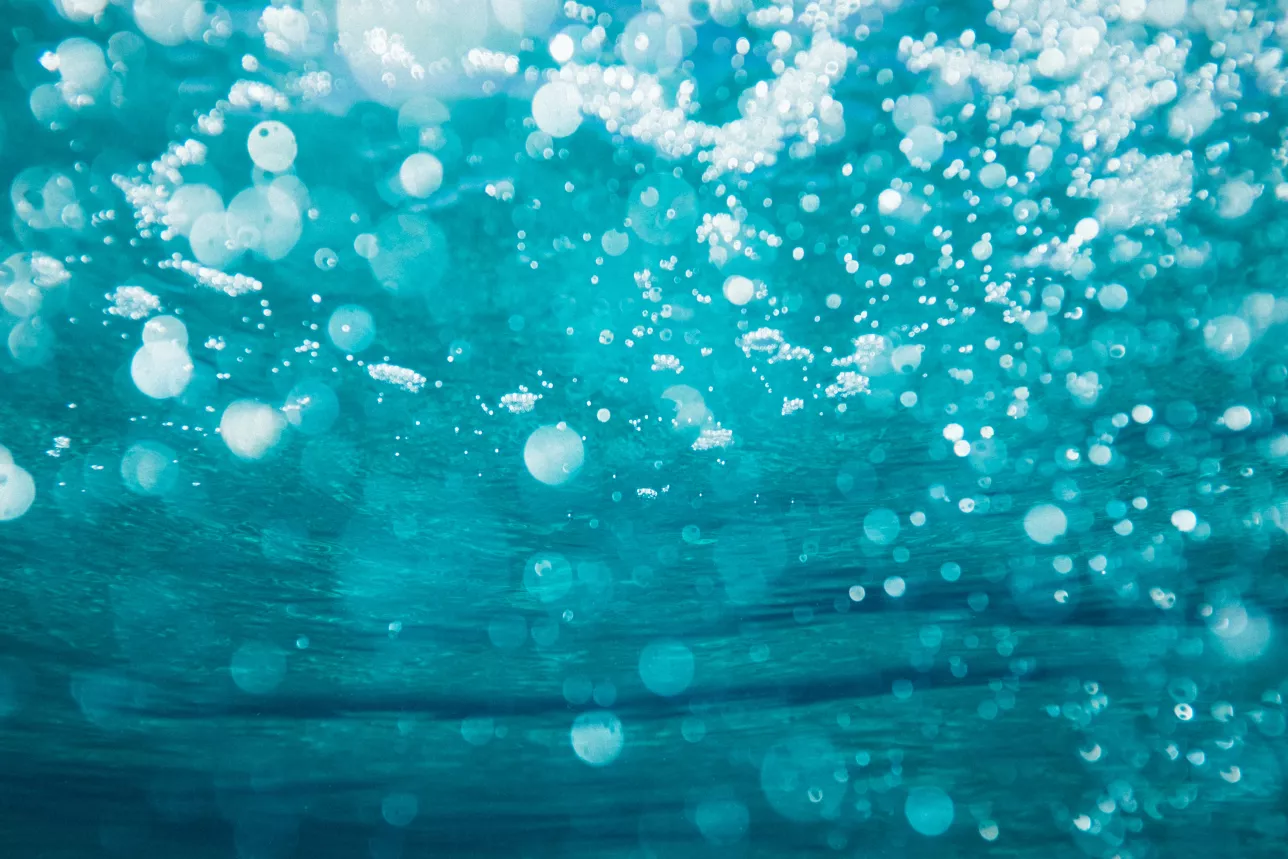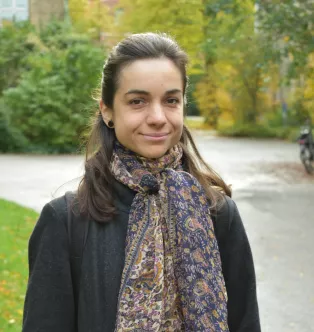Recycled wastewater reaches lake water quality
How do we get enough water when climate change leads to heat waves, droughts and other extreme weather events? Reusing wastewater is one option. Agenda 2030 PhD student Maria Takman's research shows how a treatment method that is currently being evaluated in Scania results in lakewater quality wastewater.
At the same time, the study highlights the need for both more knowledge about wastewater treatment processes and new legislation.

In recent years, alarms about water shortages have become more frequent than before. In areas such as Österlen, Gotland and the Bjäre Peninsula, for example, irrigation bans are common during the summer months and, from a global perspective, clean water for all is a major challenge to solve.
Agenda 2030 PhD student Maria Takman is doing research at the Department of Chemical Engineering on how wastewater at a new treatment plant in Kivik is treated with membranes (so-called ultrafilters), followed by granulated activated carbon. Ordinary wastewater treatment plants are not built to reuse wastewater.
"We measured different types of bacteria, organic micropollutants (such as pharmaceuticals), and heavy metals to try to assess whether the water was suitable for irrigation and whether it met the requirements for drinking water," she says.
Clean enough for irrigation
The studies showed that the wastewater after treatment was approximately of the same quality as the lake water in Vänern, Vättern and Mälaren, i.e. the type of water that is normally treated and becomes drinking water. The water is assessed to be clean enough to be used for irrigation, and Maria Takman was pleasantly surprised by the result.
The main reason why the effluent did not meet drinking water quality standards was due to high levels of E. coli bacteria, which can be eliminated by various types of disinfection.
She also mentions that in the future we may also need to separate organic micropollutants, such as pharmaceutical residues, from the water, which is rarely done today. This would require additional treatment processes, and it is now being tested whether these treatment processes can also produce water that can be reused for irrigation or as raw water for drinking water production.
A need for new laws
"The biggest problem is the lack of limit values for many parameters, such as pharmaceuticals, which are currently not detailed in EU legislation on drinking water or irrigation with reused water. This makes it difficult to assess and there is a need for new laws to provide certainty about when the water is clean enough to be used for irrigation or as drinking water. This would facilitate the reuse of wastewater in the future," says Maria Takman.
The study is published in Science in the Total Environment on ScienceDirect.
Assessing the potential of a membrane bioreactor and granular activated carbon process for wastewater reuse - sciencedirect.com
